MYCELIAL EXPLORATIONS
2020
Innoculation Techniques
Growth Documentation
Substrate Experiments
Design Applications
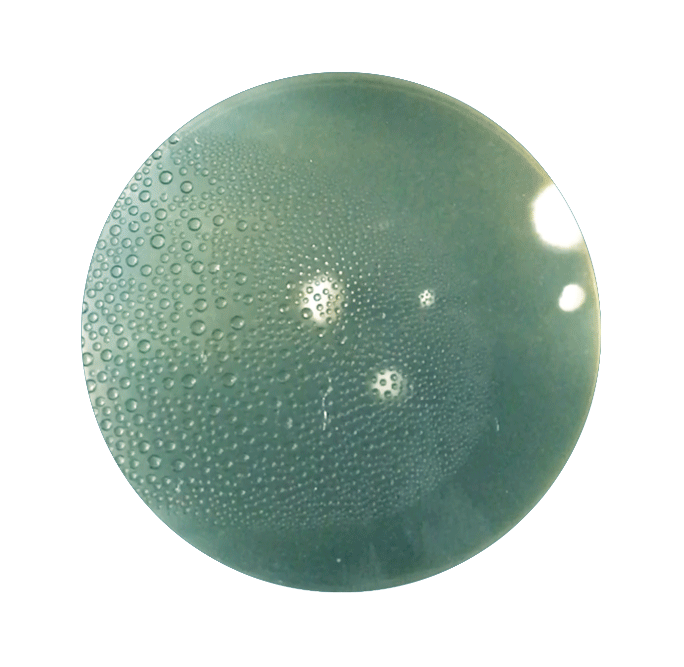
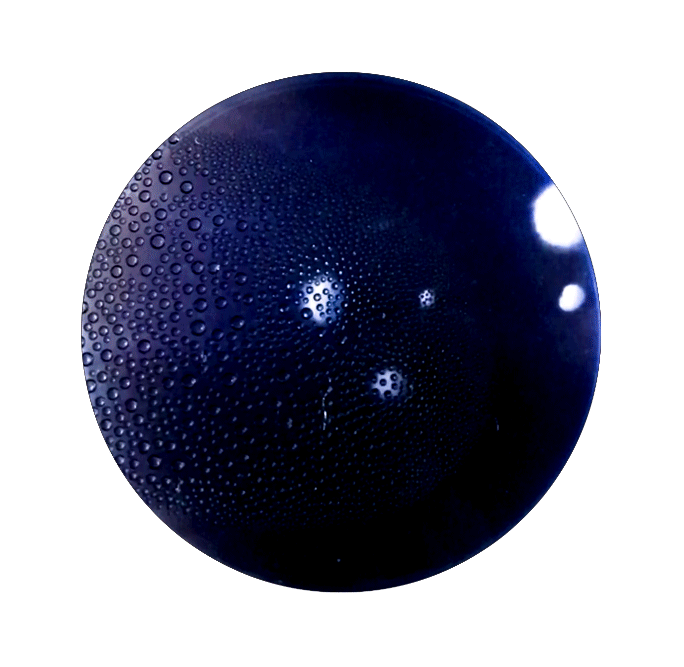
Timelapses of mycelial growth
Mycelium is the vegetative part of a fungus, consisting of a mass of branching, thread-like hyphae. Fungal colonies composed of mycelia are found in soil and on or in many other carbon-heavy substrates.
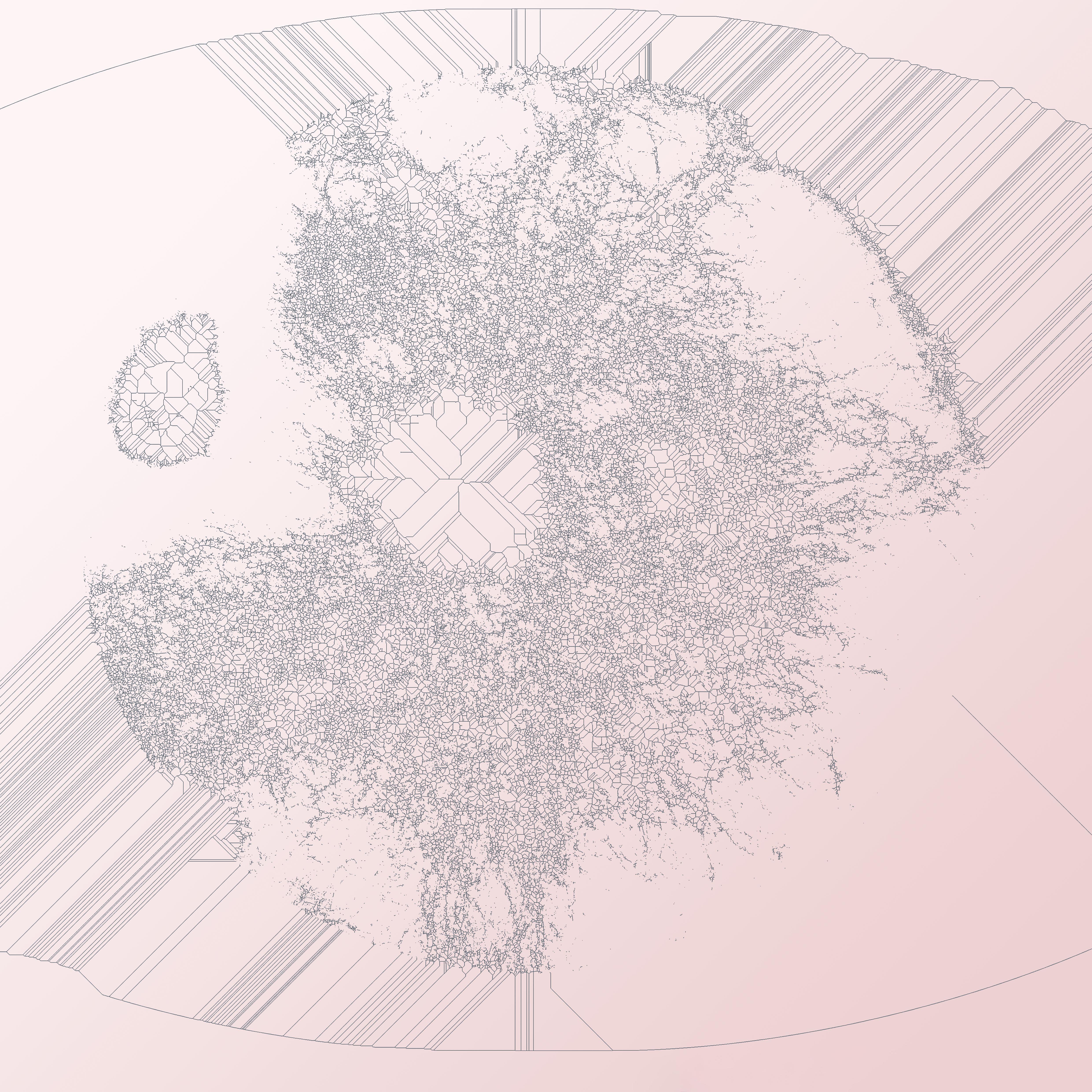
Simulation of the mycelium's skeleton | FIJI software

Mycelium Tiles
Mycelium tiles made from local carboniferous waste streams (wood, card, fabrics) bound by mycelium (Pleurotus ostreatus) for interior design purposes.
2020
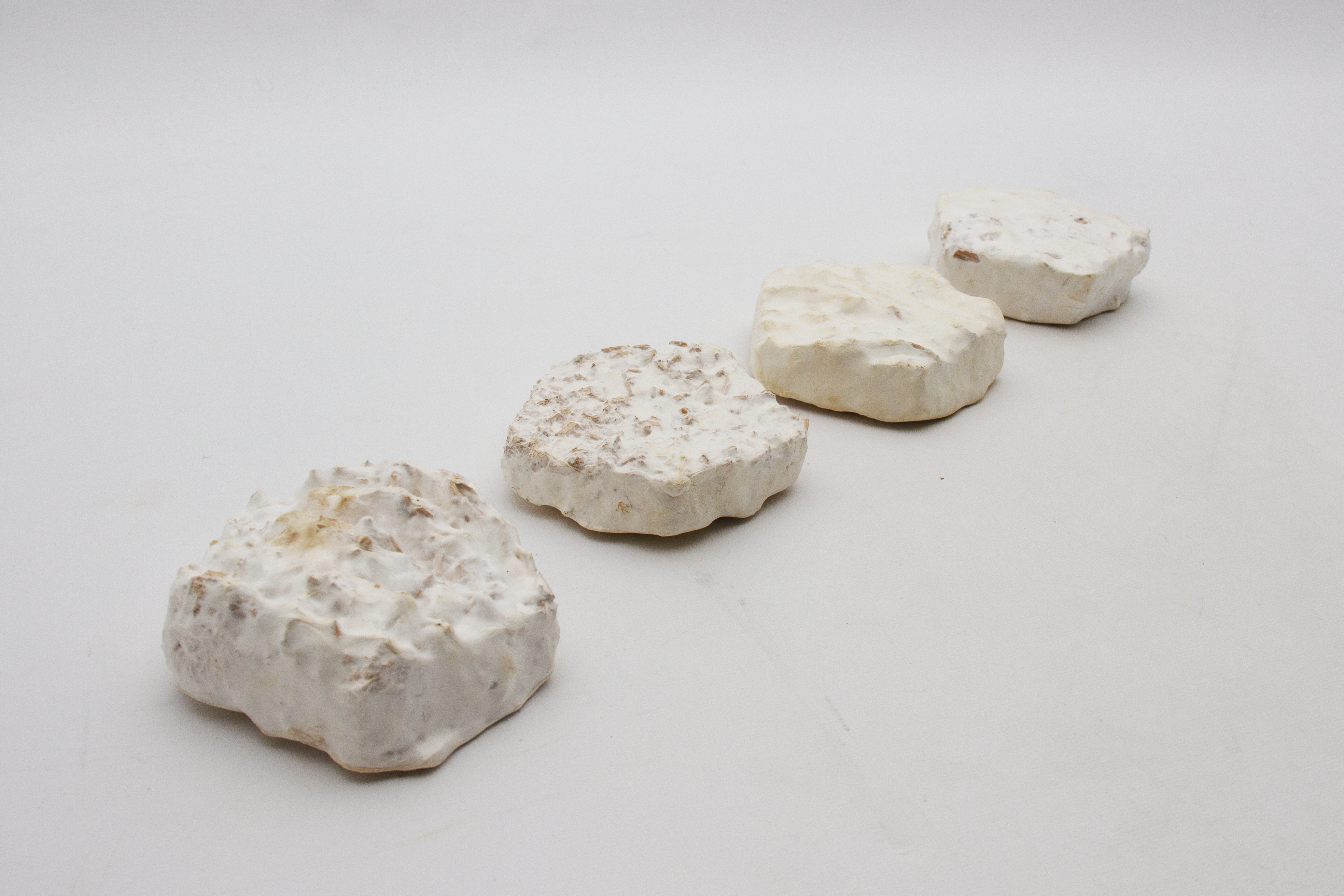
What: Mycelium tiles grown on local waste streams
Why: Upcycling waste materials into desirable products
How: Optimising the ‘recipes’ through reiterating experiments, while making sense of it in the larger scale
Where: London, UK
The project started with an exploration into the world of fungi, learning the different growth stages and inoculation methods. As our focus narrowed to using waste as a substrate, we started experimenting with the growth of mycelium on different waste materials. This was essential to then being able to set a precise direction on optimizing our mycelial cultures on the major waste streams coming from the most local context available, the university itself, as a way to upcycle the abundant waste produced into a compostable material, while saving energy on transportation. The step that followed was a qualitative and quantitative investigation through field documentation, collection, and growth tests on different types of waste materials available from the university cafeteria, workshops, design studios.
The final step was a speculation on the potential application of mycelium tiles, such as water filtration, in order to address water scarcity as an environmental issue. This is why for the design of the mold we were inspired by a seed surface that retains water, captured in a microscopic picture by Rob Kesseler. This was reproduced in Rhino, then CNC printed into a 3D object which was then used to vacuum form the actual molds to grow the mycelium tiles.
Why: Upcycling waste materials into desirable products
How: Optimising the ‘recipes’ through reiterating experiments, while making sense of it in the larger scale
Where: London, UK
The project started with an exploration into the world of fungi, learning the different growth stages and inoculation methods. As our focus narrowed to using waste as a substrate, we started experimenting with the growth of mycelium on different waste materials. This was essential to then being able to set a precise direction on optimizing our mycelial cultures on the major waste streams coming from the most local context available, the university itself, as a way to upcycle the abundant waste produced into a compostable material, while saving energy on transportation. The step that followed was a qualitative and quantitative investigation through field documentation, collection, and growth tests on different types of waste materials available from the university cafeteria, workshops, design studios.
The final step was a speculation on the potential application of mycelium tiles, such as water filtration, in order to address water scarcity as an environmental issue. This is why for the design of the mold we were inspired by a seed surface that retains water, captured in a microscopic picture by Rob Kesseler. This was reproduced in Rhino, then CNC printed into a 3D object which was then used to vacuum form the actual molds to grow the mycelium tiles.

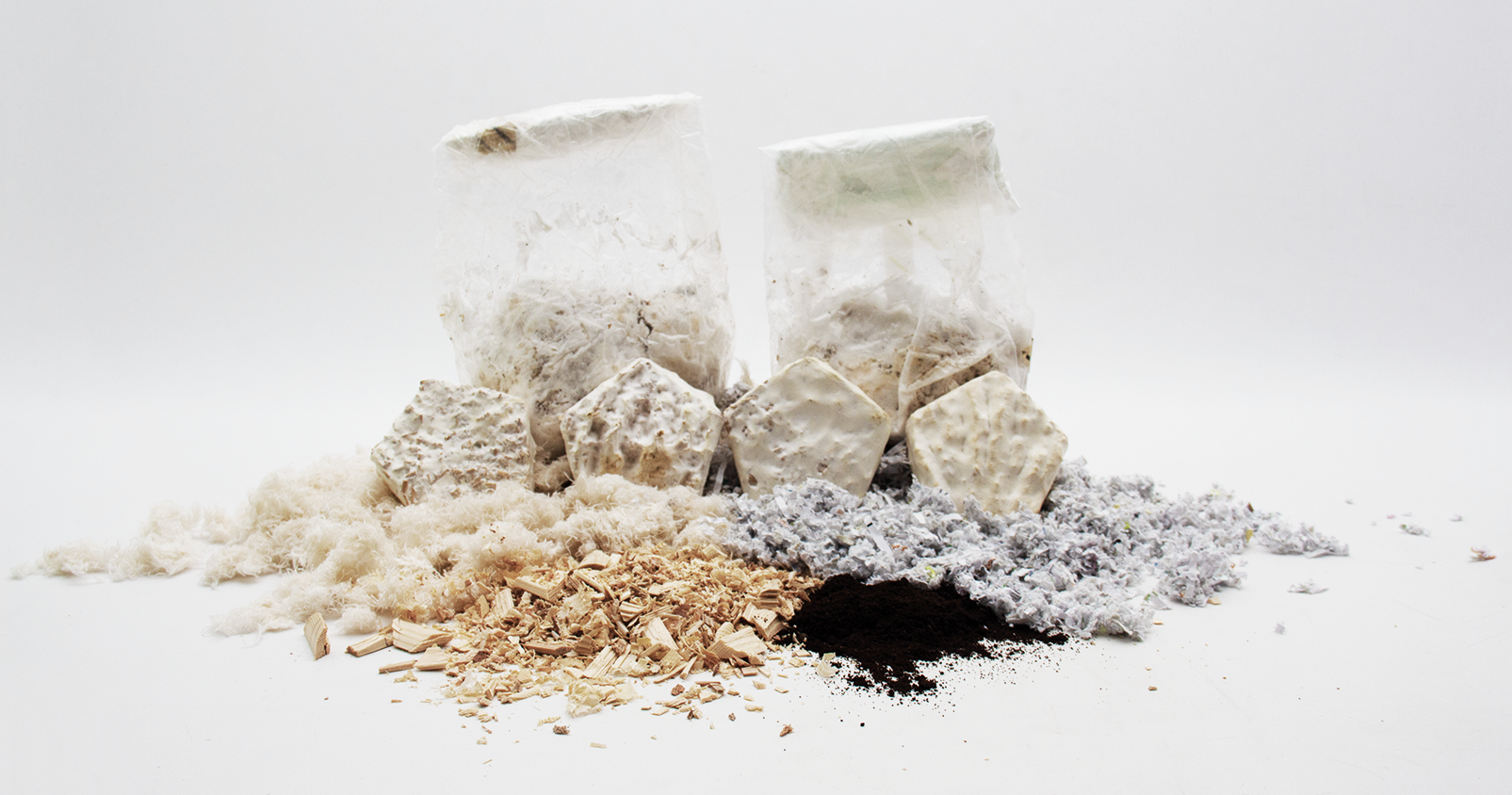
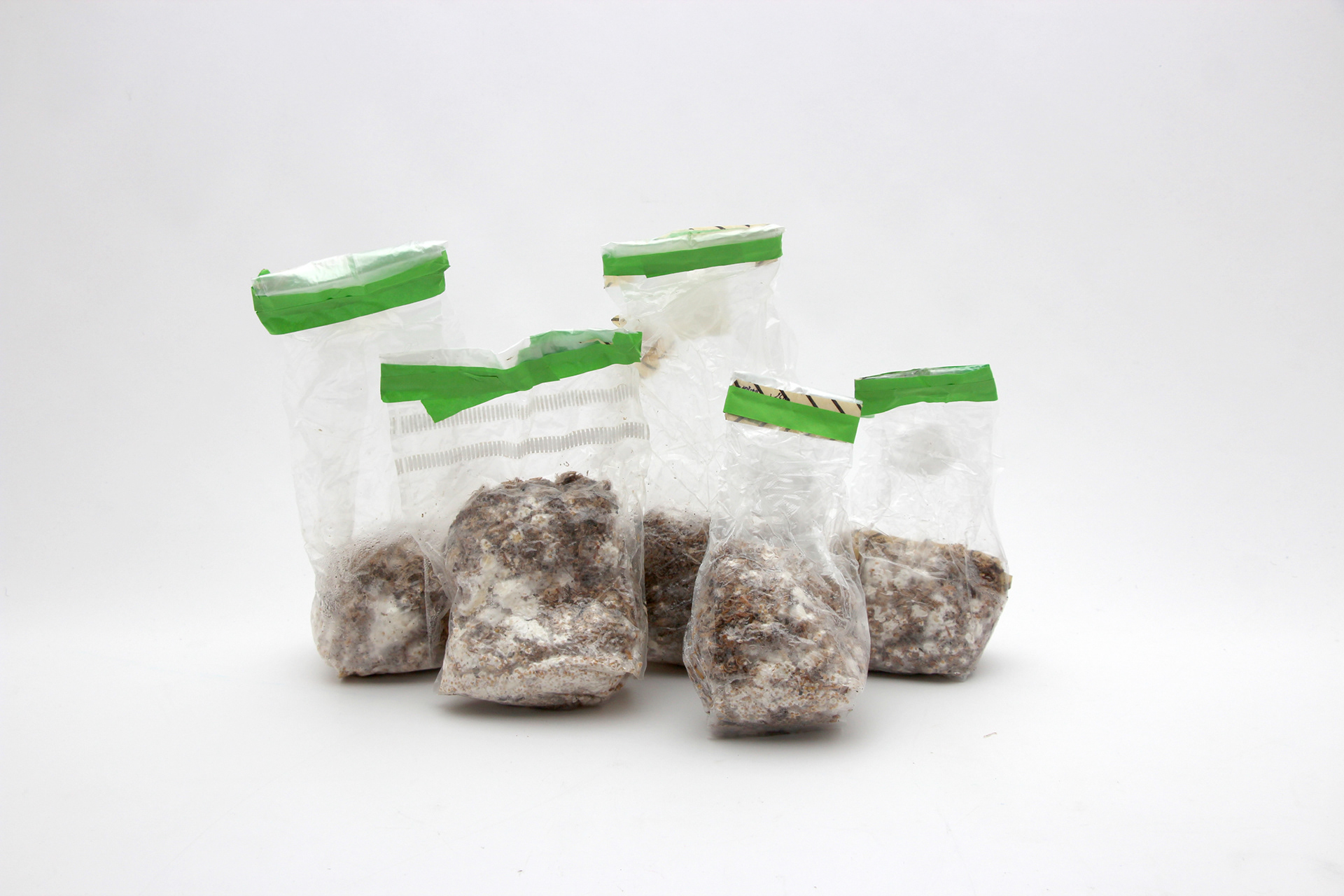
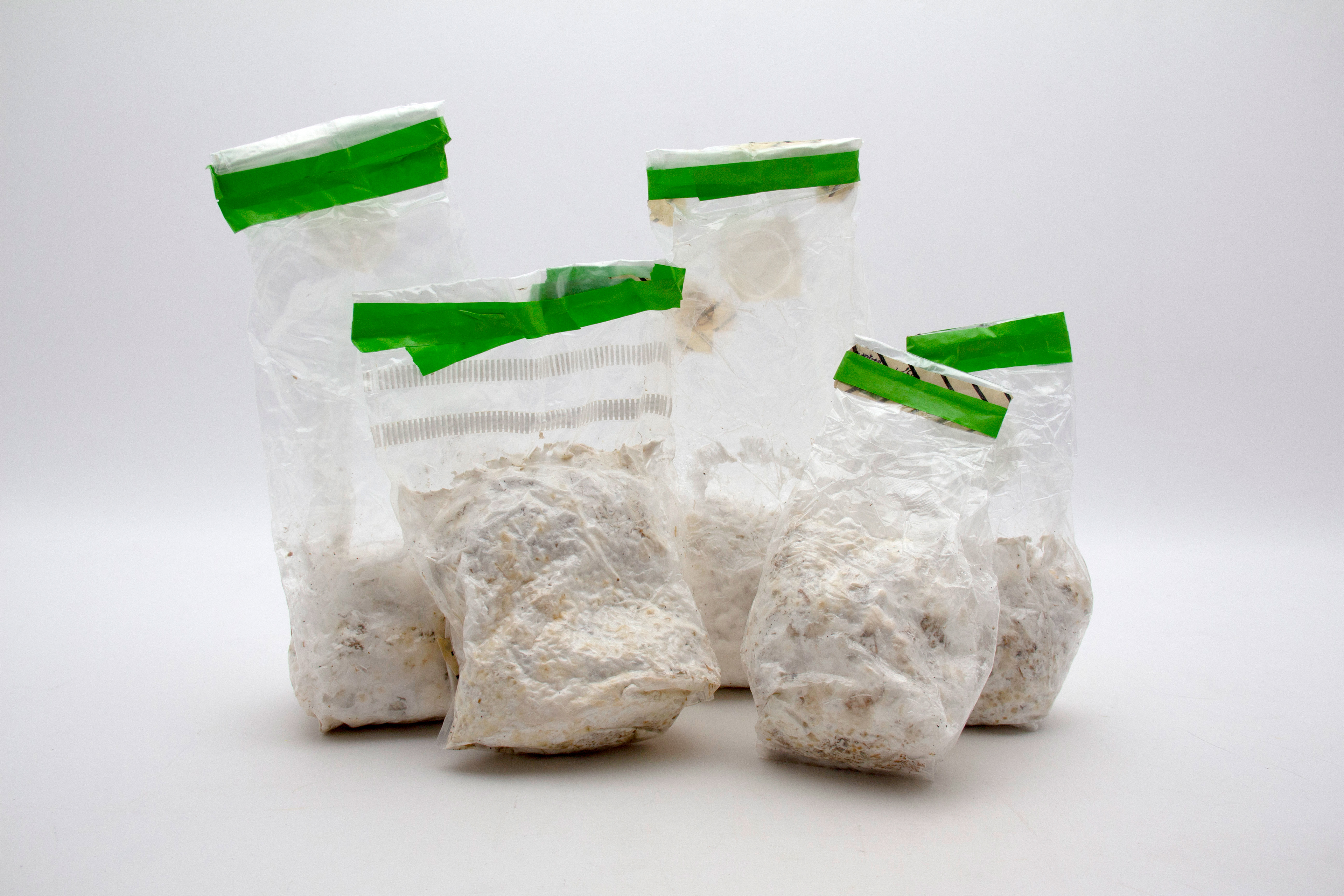

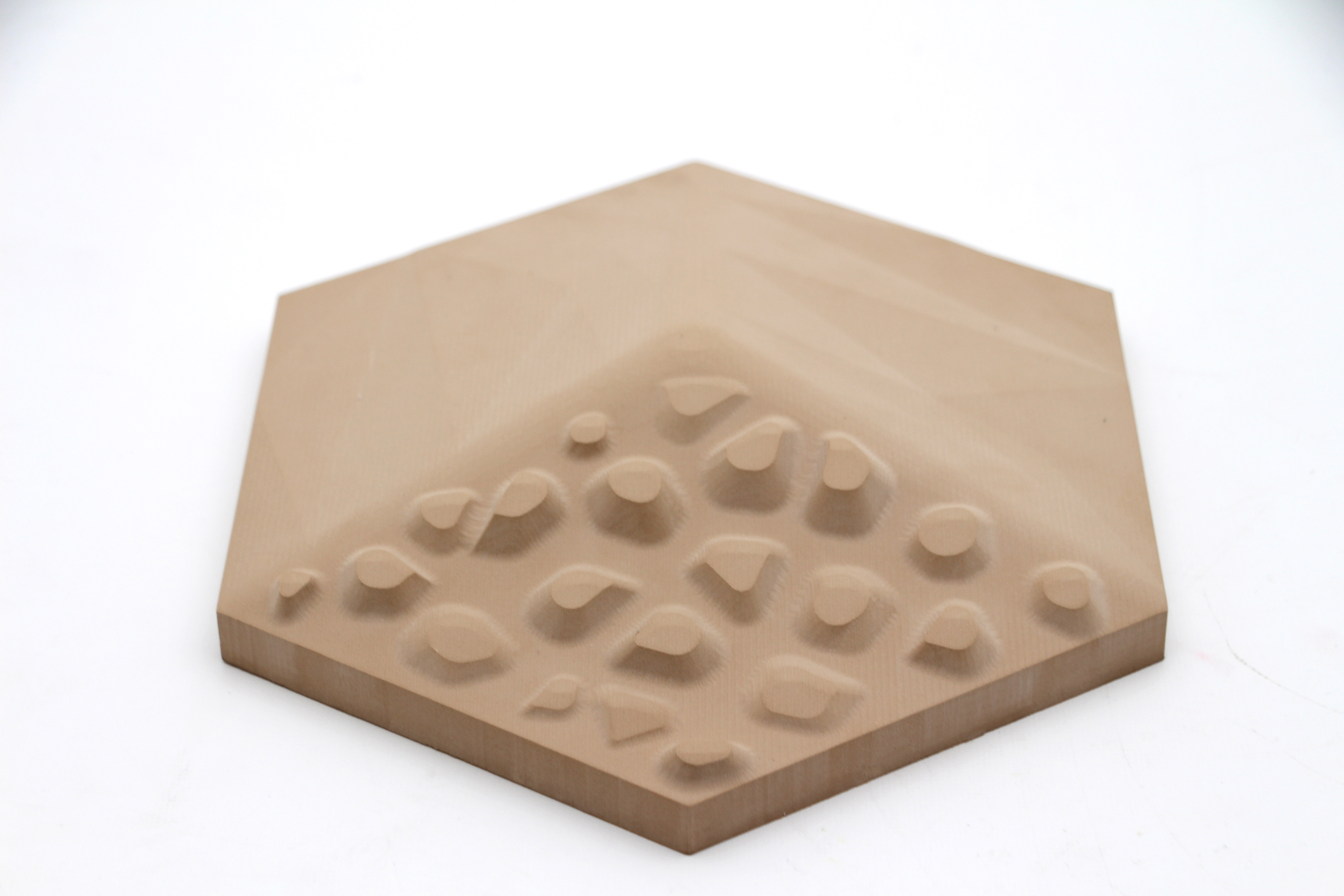
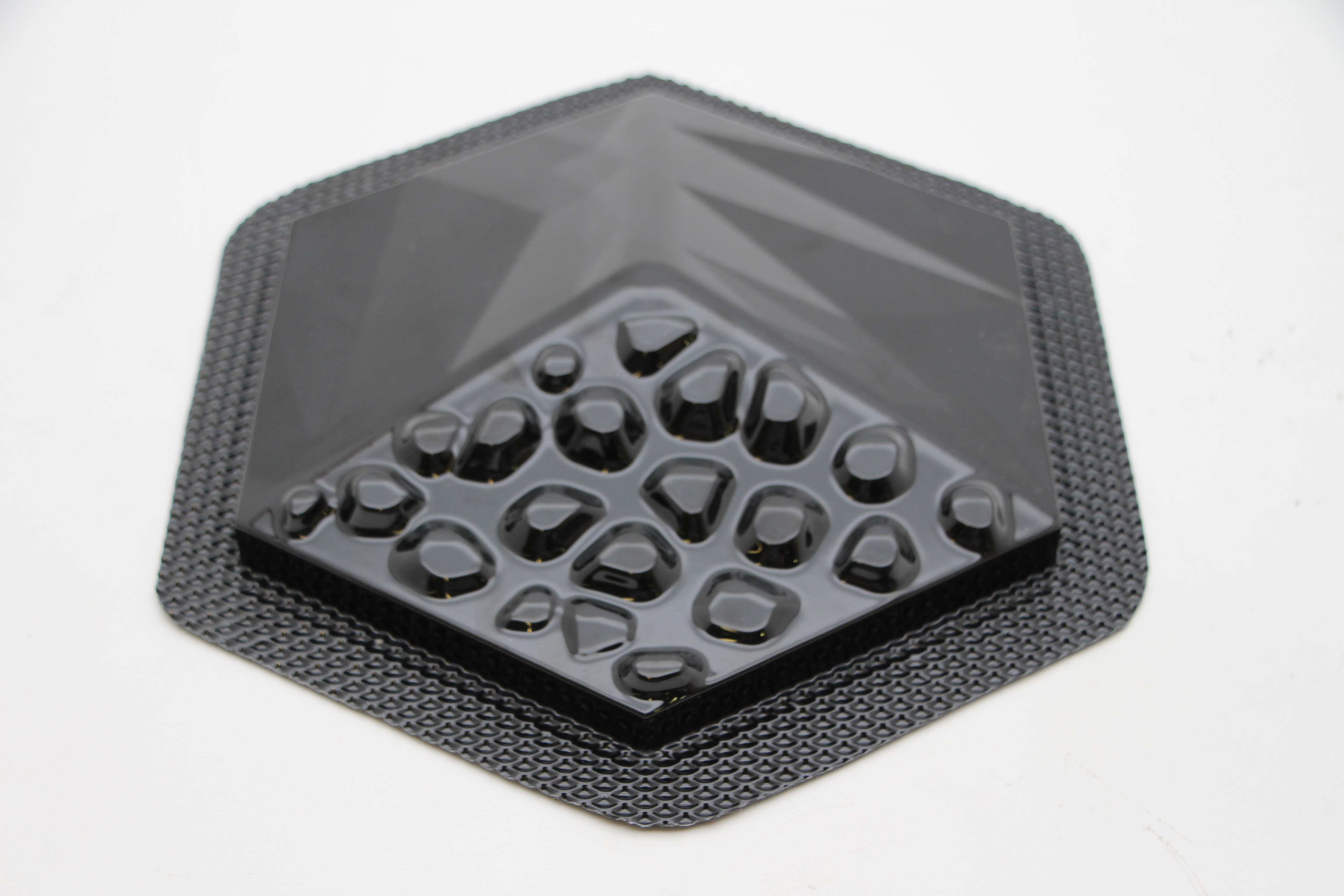
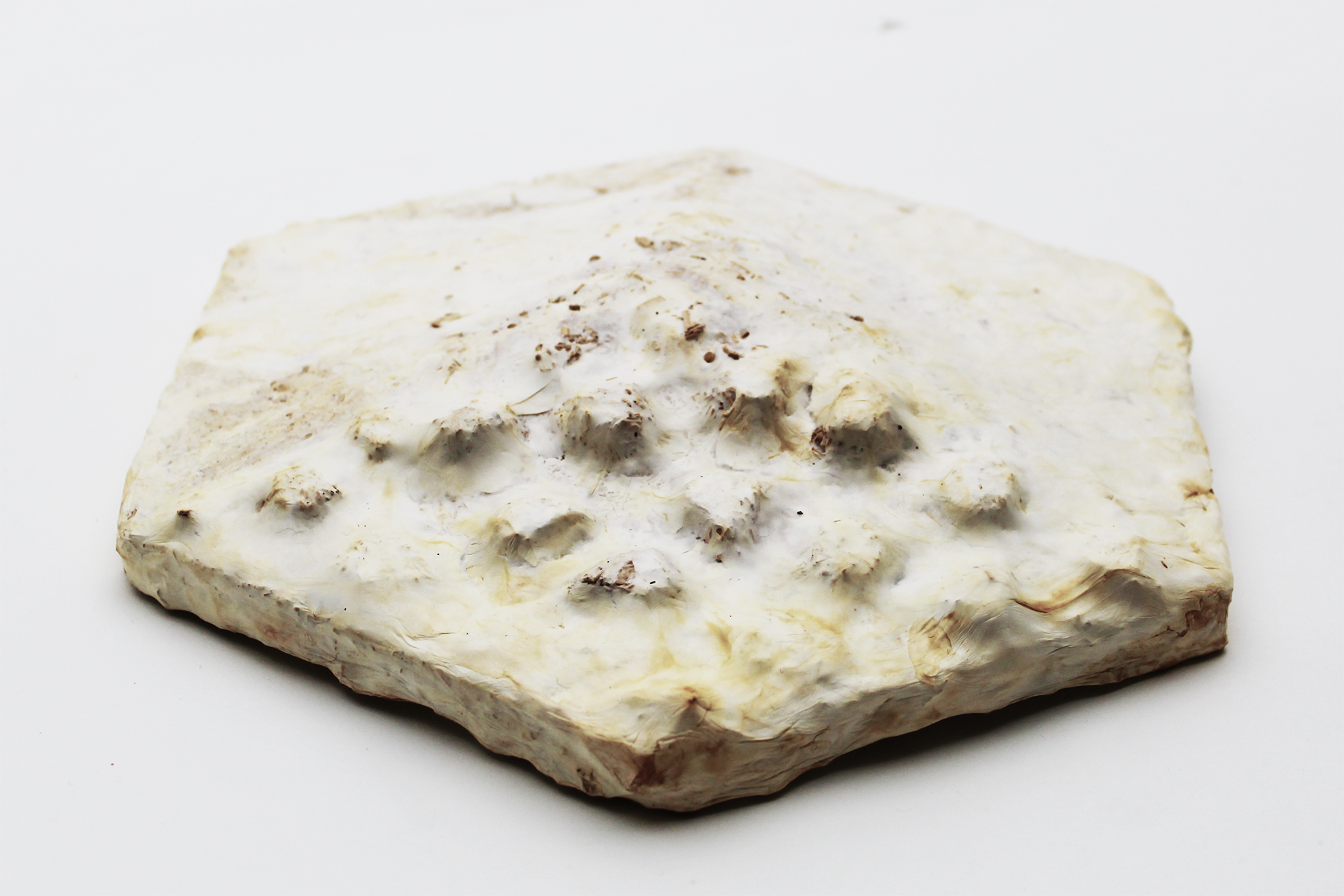

Group Project conducted with with Cassandra Quinn, Carolina Kyvik Ruiz, Eleonora Rombola, and Marie Melcore
MA Biodesign, CSM UAL
︎︎︎ Previous | Next ︎︎︎
MA Biodesign, CSM UAL
︎︎︎ Previous | Next ︎︎︎
